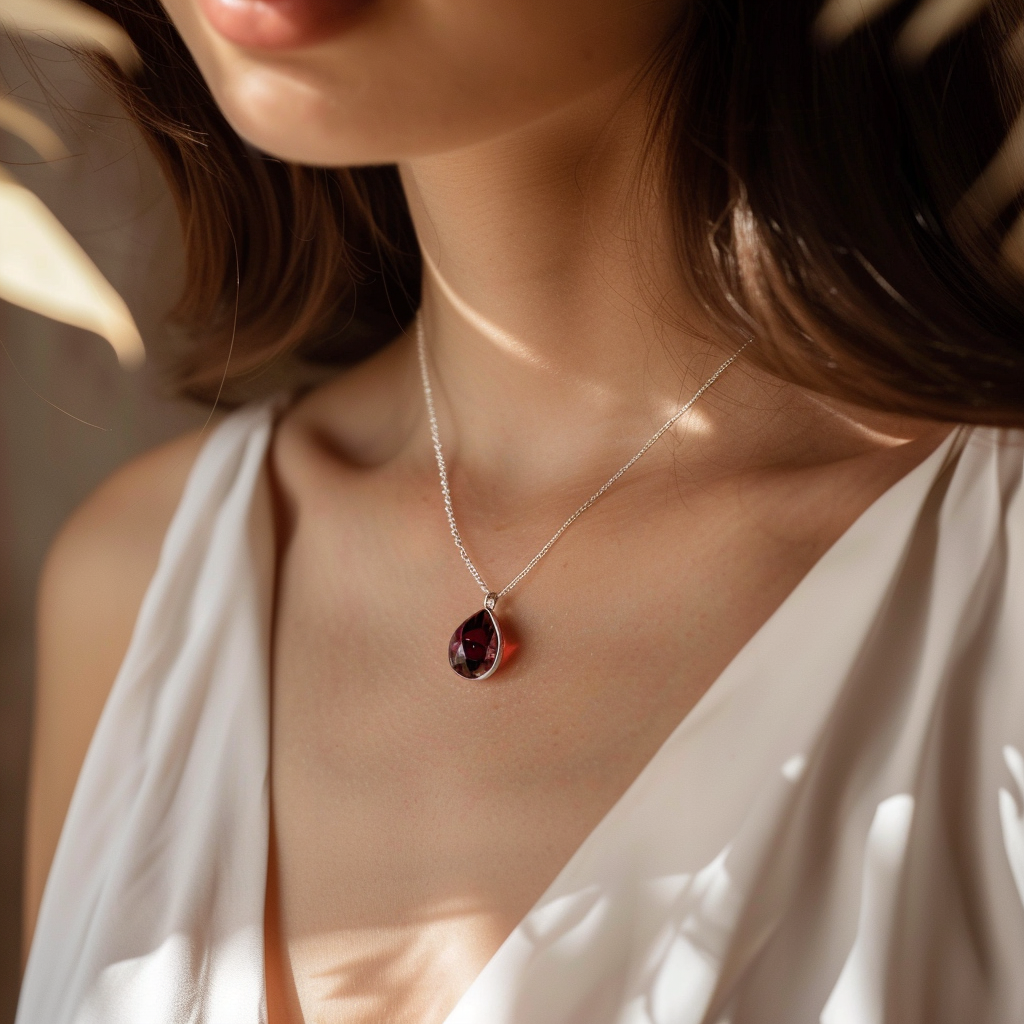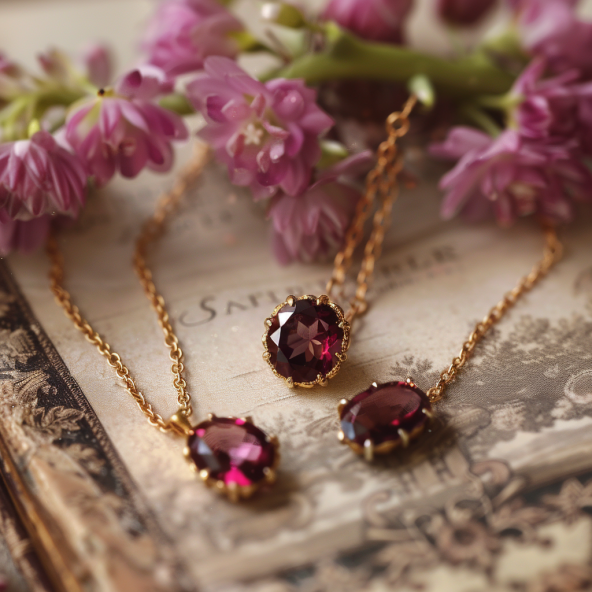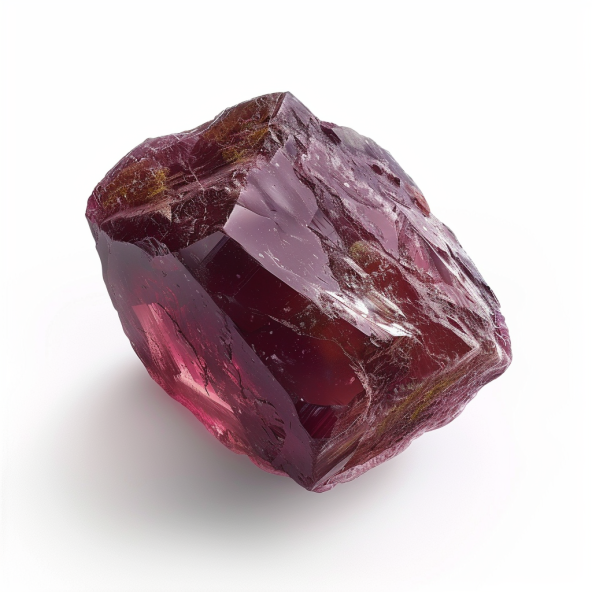Durability and Hardness of Rhodolite Garnet
Rhodolite Garnet is a gemstone cherished for its striking color and brilliance, but one of the key factors that makes it a favorite among jewelers and collectors is its durability and hardness. Understanding the durability and hardness of Rhodolite Garnet is crucial for anyone considering this gemstone for jewelry, as it directly impacts the stone’s longevity and how well it can withstand daily wear. In this blog, we will explore the durability and hardness of Rhodolite Garnet, providing insights into why this gemstone is a reliable choice for various types of jewelry.

What Determines the Durability and Hardness of Rhodolite Garnet?
The durability of a gemstone is influenced by several factors, including hardness, toughness, and resistance to scratching and abrasions. When discussing the durability and hardness of Rhodolite Garnet, it’s important to note that these characteristics are what make the gemstone suitable for everyday wear. The hardness of a gemstone is typically measured on the Mohs scale, which rates minerals based on their ability to resist scratching.
Mohs Scale Rating of Rhodolite Garnet
The hardness of Rhodolite Garnet is one of its most notable features. On the Mohs scale, Rhodolite Garnet scores between 7 and 7.5. This rating indicates that the gemstone is relatively hard and can resist scratches from materials with a lower hardness rating. The durability and hardness make it an excellent choice for rings, necklaces, earrings, and other types of jewelry that may be worn regularly.
Durability of Rhodolite Garnet in Everyday Wear
Durability goes beyond just hardness; it also includes the gemstone’s toughness, or its ability to resist breaking or chipping. The durability and hardness of Rhodolite Garnet mean that it can withstand the rigors of daily wear. However, like all gemstones, it’s still important to treat Rhodolite Garnet with care to avoid any potential damage. Despite its good hardness, the gemstone can still be vulnerable to sharp impacts or extreme conditions, so proper care is essential.

Caring for Rhodolite Garnet to Maintain Its Durability
To maintain the durability and hardness of Rhodolite Garnet, it’s important to follow some basic care guidelines. Cleaning Rhodolite Garnet with warm soapy water and a soft brush will help keep the stone looking its best. It’s advisable to avoid exposing the gemstone to harsh chemicals or extreme temperature changes, as these can affect its appearance and durability. Additionally, storing Rhodolite Garnet jewelry separately from other pieces can prevent scratches and preserve its brilliance.
Rhodolite Garnet in Jewelry Settings
The durability and hardness of Rhodolite Garnet make it versatile for various jewelry settings. Whether set in a ring, pendant, or bracelet, Rhodolite Garnet’s resilience allows it to be used in designs that can be worn daily. The gemstone’s hardness ensures that it can hold up well in prong settings, bezel settings, and other types of settings without being easily scratched or damaged.
Comparing Durability with Other Gemstones

When considering the durability and hardness , it’s useful to compare it with other gemstones. For example, while it’s not as hard as diamonds (which score a 10 on the Mohs scale), Rhodolite Garnet is harder than many other popular gemstones, such as opal (5.5-6.5) and turquoise (5-6). This makes Rhodolite Garnet a more durable option for those seeking a gemstone that can endure regular use without significant wear and tear.
The durability and hardness of Rhodolite Garnet are among the reasons this gemstone is highly valued in the jewelry industry. With a Mohs hardness rating of 7 to 7.5, Rhodolite Garnet is resilient enough for everyday wear, making it an excellent choice for a variety of jewelry pieces. By understanding its durability and how to care for it properly, you can ensure that your Rhodolite Garnet jewelry remains beautiful and intact for years to come.
Unveil the secrets of gemstone beauty with our detailed guide on Rhodolite Garnet Treatments and Enhancements.
